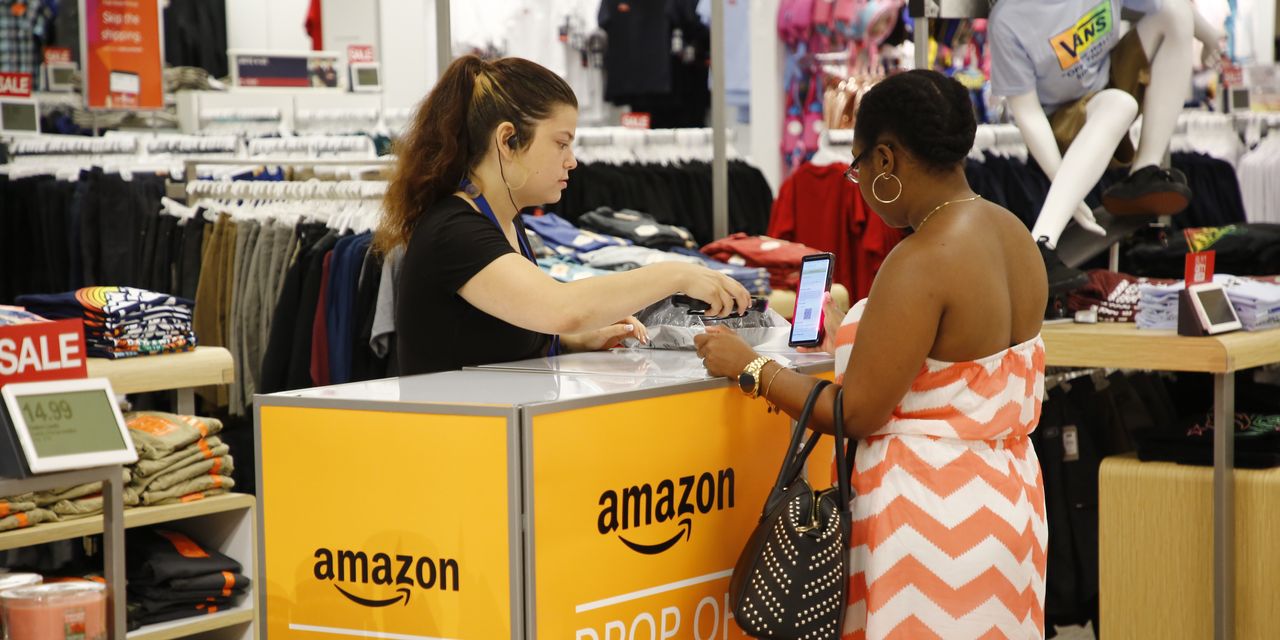
As the holiday glow wears off and consumers return to their normal routines, they will start sobering up to the reality of those ill-fitting pants bought hastily at a holiday sale or that gifted necklace they will probably never wear. They won’t be the only ones who are disappointed: Longer return windows and higher parcel costs mean returns could end up taking a bigger bite out of retailers this year.
Products and gifts valued at $112 billion to $114 billion could be returned to U.S. retailers after the holiday season, up from $100 billion in 2020 and $95 billion in 2019, according to an estimate from B-Stock Solutions, an online liquidation platform that allows retailers such as Best Buy and Walmart to sell returned or excess inventory to other, typically smaller retailers. United Parcel Service expects to handle more than 60 million return packages from Nov. 14 through Jan. 22, a 10% increase from the previous year.
The percentage of merchandise returned has edged higher during the Covid-19 pandemic, in large part because online sales have return rates that are two to three times higher than sales at bricks-and-mortar stores, according to Pete Madden, a director in the retail practice at consulting firm AlixPartners. Roughly 18% of online sales are returned, according to a 2020 survey conducted by the National Retail Federation and Appriss Retail. The same survey found that 11% of total retail sales were returned in 2020, a bump from the 8.1% recorded in 2019.
Returns could come with a bigger hit on margins this year. Both FedEx and UPS said their rates would increase by an average of 5.9% across most services in 2022—the first time in eight years that either company has had annual increases above 4.9%. Higher wages mean it also will cost retailers more to process returns. For sellers of lower-margin or consumable goods, that will often mean shipped returns will cost more than letting consumers keep them. AlixPartners estimates that so-called returnless refunds could be worth as much as $4.4 billion for 2021.
Timing is another element that could erode returns-related margins. While retailers have traditionally offered longer return windows for the holidays than the standard 30 days, the pandemic has pushed more of them to stretch past historical norms. Walmart, Target, Macy’s and Bed Bath & Beyond are among those offering windows of 90 days, though each differ on which items qualify and whether that return window applies year-round. A winter sweater returned in March is worth much less than one returned in January, when a retailer might still be able to resell it without a steep discount.
The post-holiday surge in Covid-19 cases is something else to watch: Retailers might find it more difficult to persuade consumers to return items to stores instead of shipping them.
SHARE YOUR THOUGHTS
How many of your holiday gifts are you returning, and why? Join the conversation below.
As more retailers bank on online sales for growth, investors should keep an eye out for innovations that could cut down on returns altogether. Gap, for example, last year bought Drapr, which provides virtual fitting-room technology. Saks.com uses an algorithm that helps consumers find a size in a brand that is new for them by asking what size fits in a different brand, says Mr. Madden. A fast-growing industry of resellers—enabled by platforms such as Shopify, or even resale marketplaces such as Poshmark —is another area to watch. Their proliferation is good news if it allows retailers to command higher prices for their returned or excess inventory. Marcus Shen, chief operating officer of B-Stock, says that such resellers are thriving because consumers are “much more open and amenable to buying stuff that’s been opened or returned.”
In coming earnings seasons, retailers will likely boast about their healthy holiday sales volumes. Investors should also read the fine print on how the retailers plan to handle returns.
Write to Jinjoo Lee at [email protected]
Copyright ©2022 Dow Jones & Company, Inc. All Rights Reserved. 87990cbe856818d5eddac44c7b1cdeb8
Appeared in the January 6, 2022, print edition as ‘Retailers Have Unhappy Returns.’








